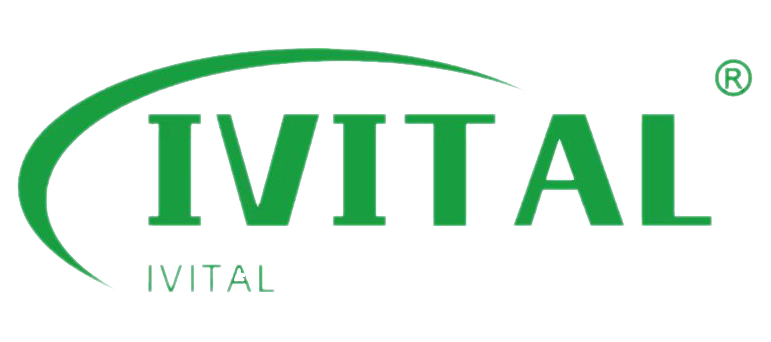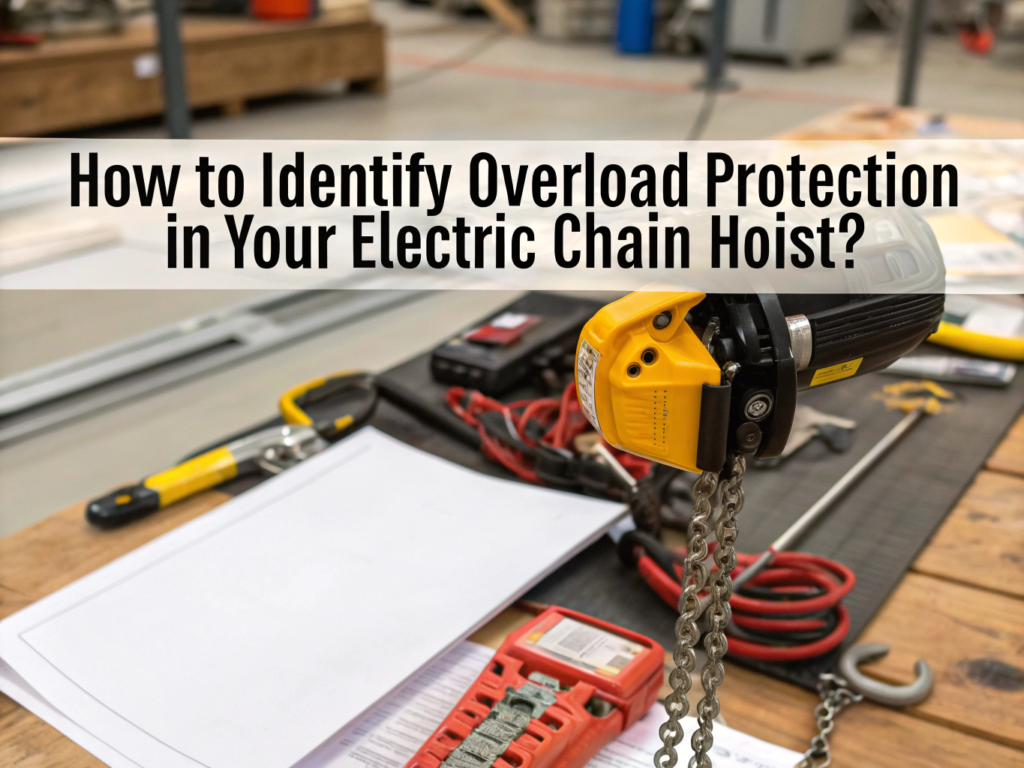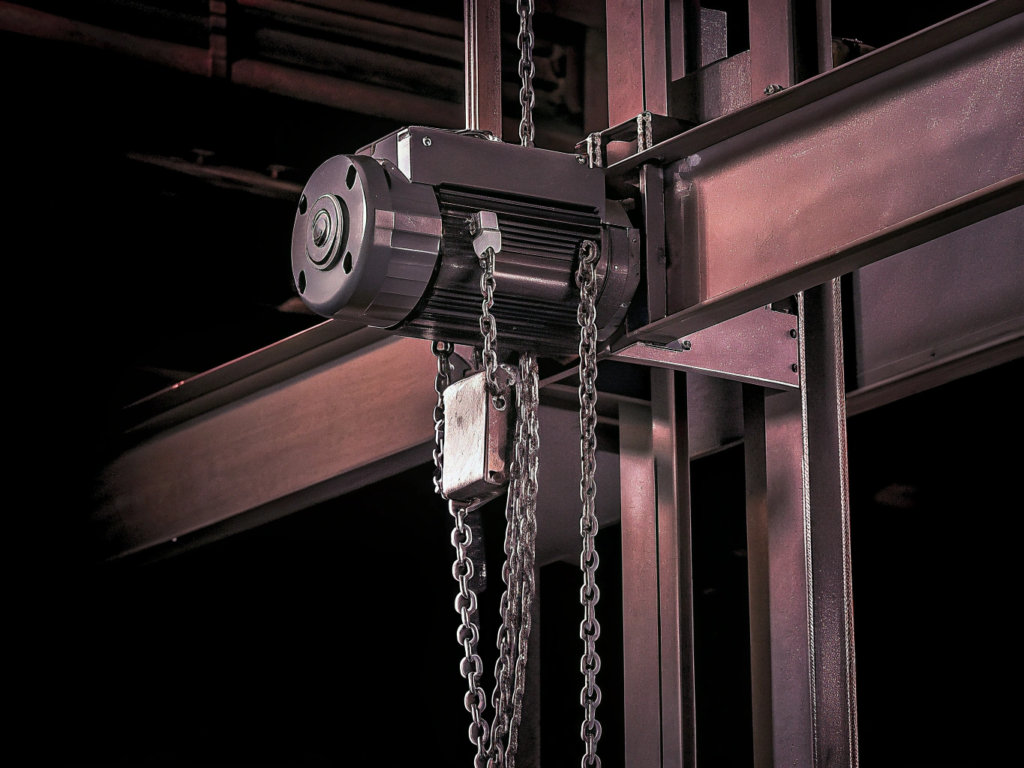
When I first started working with electric chain hoists, I wasn’t sure how to identify whether the overload protection was in place. Overload protection is crucial for safety and efficiency, and without it, you risk damaging your equipment or, worse, causing accidents. In this post, I’ll show you how to easily check if your hoist has the right protection.
Overload protection in an electric chain hoist is a device that prevents the hoist from exceeding its rated capacity. It typically works by sensing the force or current draw. If the load exceeds 100-125% of the rated capacity, the protection system stops the hoist to prevent damage.
Curious how you can check this for your hoist? Let’s walk through some simple steps to ensure your equipment is safe and up to standard.
Table of contents
- How Do You Check Overload Protection in Your Electric Hoist?
- What Is Overload Protection on a Chain Hoist?
- Other Important Hoist Safety Checks
- Conclusion
How Do You Check Overload Protection in Your Electric Hoist?
Checking overload protection in your electric hoist isn’t difficult. When I first tried it, I realized that just a few simple steps could give me peace of mind about the safety of my equipment.
To check overload protection, start by measuring the motor’s normal running current. Turn off the motor to let it cool for about 10 minutes. Then calculate the ratio between the motor’s current and the overload protection’s minimum Full Load Amperage (FLA). Set the overload to its minimum FLA and turn the motor back on. If the overload trips, your system is working as it should.
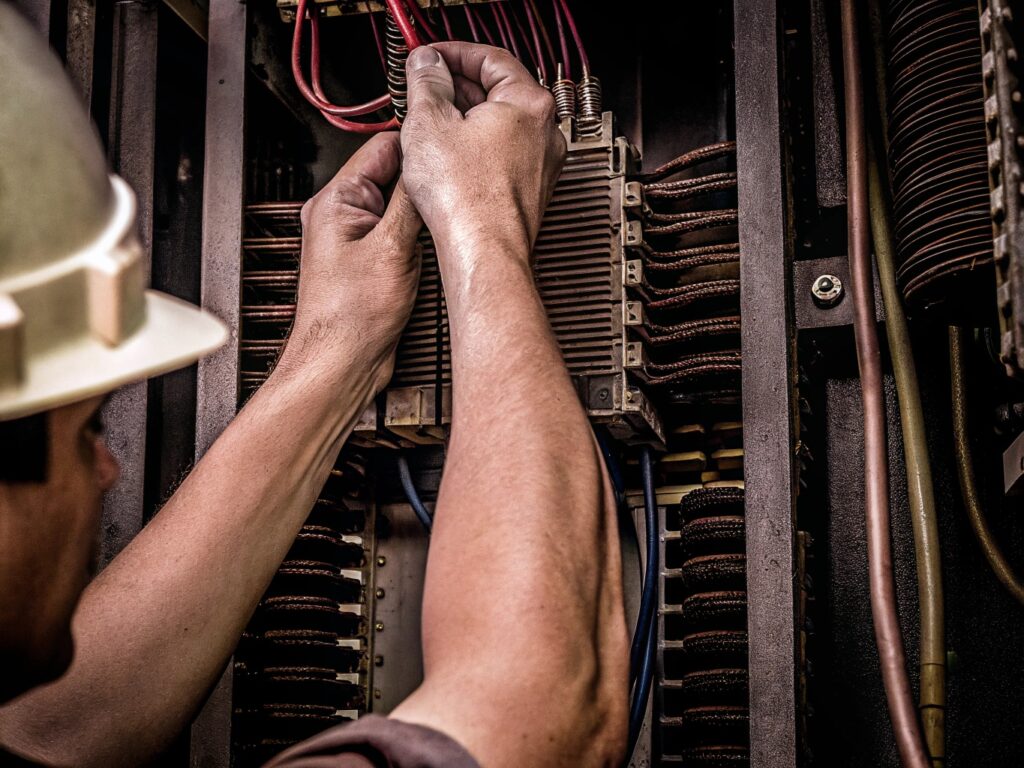
Why This Test Is Important
Testing overload protection ensures your hoist won’t go beyond its capacity, preventing breakdowns and accidents. It also ensures the motor isn’t exposed to conditions that could cause overheating or failure. If your overload protection fails to trip, it might indicate a malfunction in the system or that it’s not set correctly.
Step-by-Step Guide
| Step | Action |
|---|---|
| 1 | Measure the motor’s normal running current |
| 2 | Turn off the motor and let it cool for 10 minutes |
| 3 | Calculate the ratio between the motor current and the FLA |
| 4 | Set the overload protection to the minimum FLA and test again |
What Is Overload Protection on a Chain Hoist?
Overload protection on a chain hoist is vital for preventing accidents, but it wasn’t until I faced a potential overload situation that I truly understood how important it was to have a reliable system in place.
Overload protection on a chain hoist ensures that if the hoist exceeds its rated capacity, the system will prevent further lifting. This protects the hoist from damage, prevents accidents, and extends its lifespan. Without it, there’s a risk of equipment failure and serious injury.
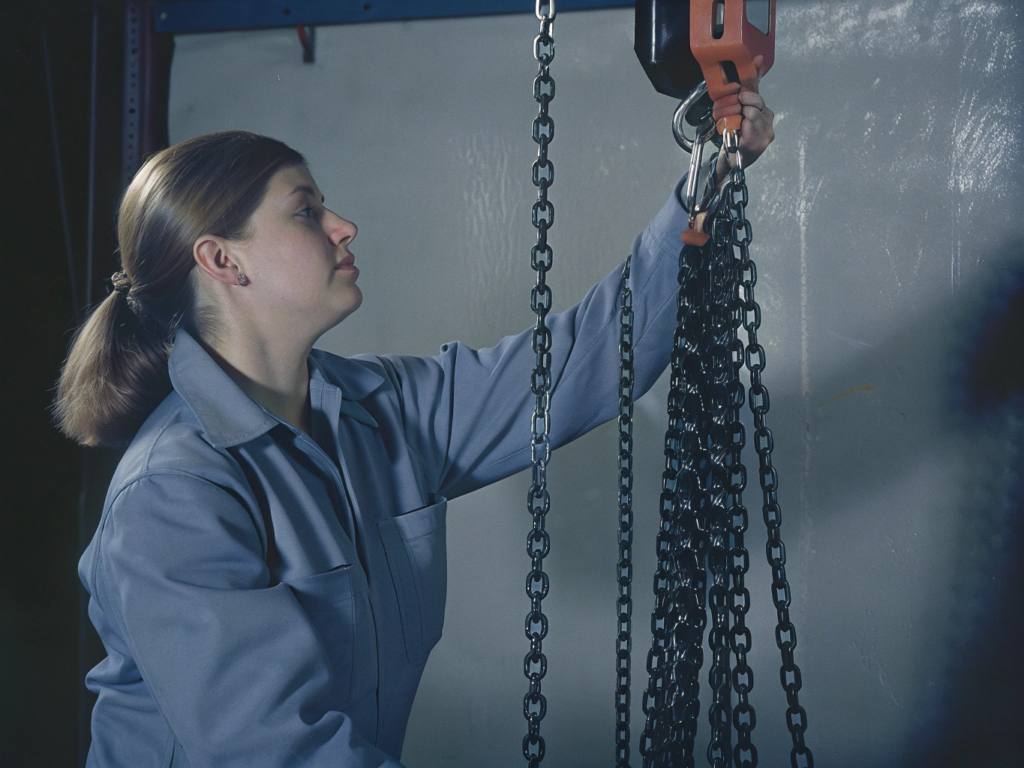
How Overload Protection Works
Overload protection works in various ways depending on the type of hoist. For example, some hoists use thermal overload devices, while others rely on load sensors or limit switches. Each system works by sensing either the current draw or the force being applied and cutting power when the limit is exceeded.
Different Types of Overload Protection
| Type | How It Works |
|---|---|
| Thermal Overload | Uses heat sensors to detect if the motor is overheating due to overloading. |
| Load Sensors | Measures the force or load and stops the hoist if the load exceeds capacity. |
| Limit Switch | Stops the hoist when it reaches a predetermined limit to avoid overload. |
Which System Is Best?
Each type of overload protection system has its pros and cons. Personally, I prefer load sensors for more precise overload detection. They are sensitive and can react faster, reducing the risk of damaging the hoist or causing injury.
Other Important Hoist Safety Checks
Overload protection is not the only safety feature you need to check. When I conduct regular hoist safety checks, I always inspect cables, test the emergency stop button, and make sure the motor is properly lubricated. Neglecting any of these factors can lead to dangerous situations.
Routine Maintenance Tips
- Inspect the cables for wear and tear.
- Test the emergency stop button regularly.
- Ensure the hoist is well-lubricated to avoid overheating.
Conclusion
By regularly checking your hoist’s overload protection, you can prevent costly repairs and avoid safety risks. A well-maintained hoist ensures safe and smooth operations every time you use it.
For more details on hoist safety systems, check out this Hoist Safety Guide.
